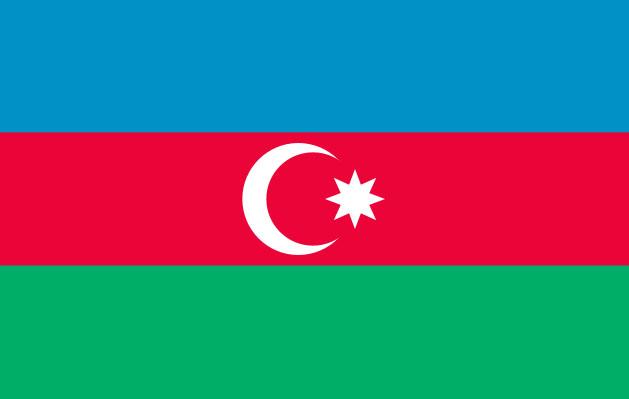Did you know?: The Spread of Buddhism in South and Southeast Asia through the Trade Routes
Stupas and Statue of Buddha at Borobudur Temple, Yogjakarta Indonesia © Amnat Phutthamrong / Shutterstock.comReligious movements and religions have had an important role on the history of the Silk Roads. It is notably the case of Buddhism which had a considerable influence on the early trade routes. Within these growing trade route networks, Buddhism started its development from the Indian Subcontinent, and reached other regions along the Silk Roads. Buddhism dogma was to a greater extent in favour of trade, and encouraged the commerce and the investment.
In this respect, Buddhism practices changed on some aspects. For instance, Buddhist monasteries started to set up along the developing trade routes, such as the road that was connecting Bactria (in Modern Afghanistan) in the North to Taxila (in modern Pakistan) in the Northeast, Mathura in the Northwest, and further along the Gangues Valley, until the Bengal Coast. Therefore, one would say that these installations were directly linked to the economic growth of these centres, where merchants and religious communities traded together buying goods, such as cloth or incense oil.
Moreover, these commercials exchanges contributed also to the improvement of the Buddhist monks’ situation. Notably thanks to the Buddhist concept of Dāna (generosity), which encouraged receiving contributions from the merchants and other actors of trade along the Silk Roads. In return, monks provided spiritual guidance to the devotees for material gifts. As an example, initially 4 categories of items were permitted to be given as alms, but by the 2nd and 3rd centuries BC, 10 more categories were added to the list.
The development of trade amongst merchants of the region along the Silk Roads resulted in a further expansion of Buddhism towards eastern Asian lands, especially in Thailand and Indonesia regions; where excavations displayed the interactions of these lands with Buddhist institutions linked to trading groups.
Diverse items of Indian origin with Buddhist features were also found in mainland and peninsular Southeast Asian regions such as precious stones and glass beads, inscribed carnelian and terracotta seals, ivory objects and pottery. Moreover, wooden images of the Buddha dating from between the 2nd and 7th century CE were discovered in the Mekong Delta in south of Vietnam. Furthermore, images of the Dīpankara Buddha were found in diverse sites in eastern Java, some of these elements belong to the Indian Amaravati and Gupta Schools of Art. Besides, archaeological findings in Beikthano situated in the western regions of modern Myanmar revealed a Buddhist stupa (Buddhist monument) having similarities with a stupa in Amaravathi in the eastern coasts of the Indian Subcontinent.
Aforementioned examples could help to see how the active trade networks and the increase of the monastic system in the Indian Subcontinent permitted both the expansion of Buddhism towards the east, and also reinforced the cultural interactions between the people living along the Silk Roads.
See also:
Sayyid Bin Abu Ali, a True Representative of Intercultural Relations along the Maritime Silk Roads
Thailand and the Maritime Silk Roads
Greek Presence in Central Asia
The Central Asian Maritime Silk Routes
Astronomy along the Silk Roads
Mapping and Compilation of the World Maps along the Silk Roads
Muslim presence in the Korean Peninsula
Muslim Monopoly along the Silk Roads
The Interconnections between Portuguese and Malay languages
Oman region, a Hub on the Maritime Trade Routes
Interactions between Indian Subcontinent and Western Land during Roman Empire
Trade Routes in Himalayan India




